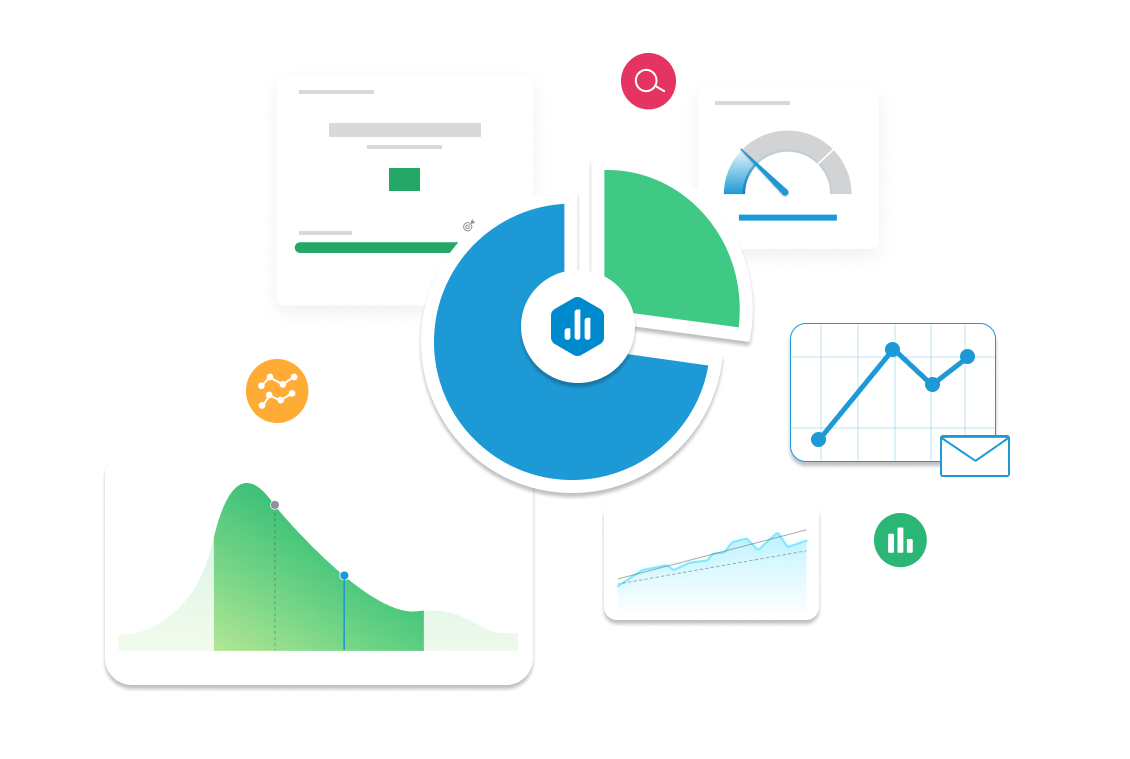Average CPM (cost per thousand impressions)
Learn how Average CPM measures the cost of 1,000 ad impressions, why it’s crucial for digital advertising, and how to optimize it to maximize reach and ad spend efficiency.

| Category |
Marketing |
|---|---|
| Type |
Lagging Indicator |
| Calculation |
CPM = ( Total ImpressionsTotal Ad Spend ) × 1000 |
| Measure |
Tracks the cost of 1,000 ad impressions, helping advertisers evaluate cost efficiency across campaigns and platforms. |
| Data Sources: |
Google Ads, Facebook Ads, LinkedIn Ads, TikTok Ads, Microsoft Advertising, Twitter Ads. |
| Frequency |
Tracked in real-time, daily, or weekly to monitor campaign performance and budget allocation. |
Example target
Reduce Average CPM by 10% in Q2 by optimizing audience targeting and refining ad creatives.
Example Reports Use Case
A Digital Marketing Manager uses CPM to compare the efficiency of different ad platforms. If CPM rises, they may adjust bidding strategies or explore new audience segments to improve cost-effectiveness.
What is Average CPM Comparatively To Other Digital Advertising Metrics?
Average CPM (Cost per Thousand Impressions) is the metric that attempts to quantify the cost and expenditure that a business sinks into advertising each time their ad garner a thousand impressions. It is adopted throughout digital advertising from display ads to social media and even in programmatic advertising to gauge the effectiveness and profitability of a campaign.
CPM unlike cost-per-click (CPC) or cost-per-acquisition (CPA), places its emphasis on impression based pricing which makes it important especially for brand perceptions. Advertisements with greater CPM seem to be more widely sought-after than advertisers with lower CPM because lower CPM reflects lower campaign cost efficiency and poorer targeting advertisements.
Why Is Average CPM Important?
For advertisers seeking budget optimization and maximal digital footprint, CPM is invaluable. Ensuring brands the optimal CPM allows for greater visibility, stronger audience participation, and even recall from the brand as they expect greater advertisement impressions vis-a-vis advertisement expenditure.
It enables marketing teams to track ad performance across channels and pinpoint where operations are unnecessarily spending resources. They enable ad networks to make calculative changes to their bidding strategies and interchange with alternate CPM ad networks. In essence, by keeping a finger on the pulse of their CPM, organizations can fine-tune their advertising strategies while drawing deeper into their pockets.



